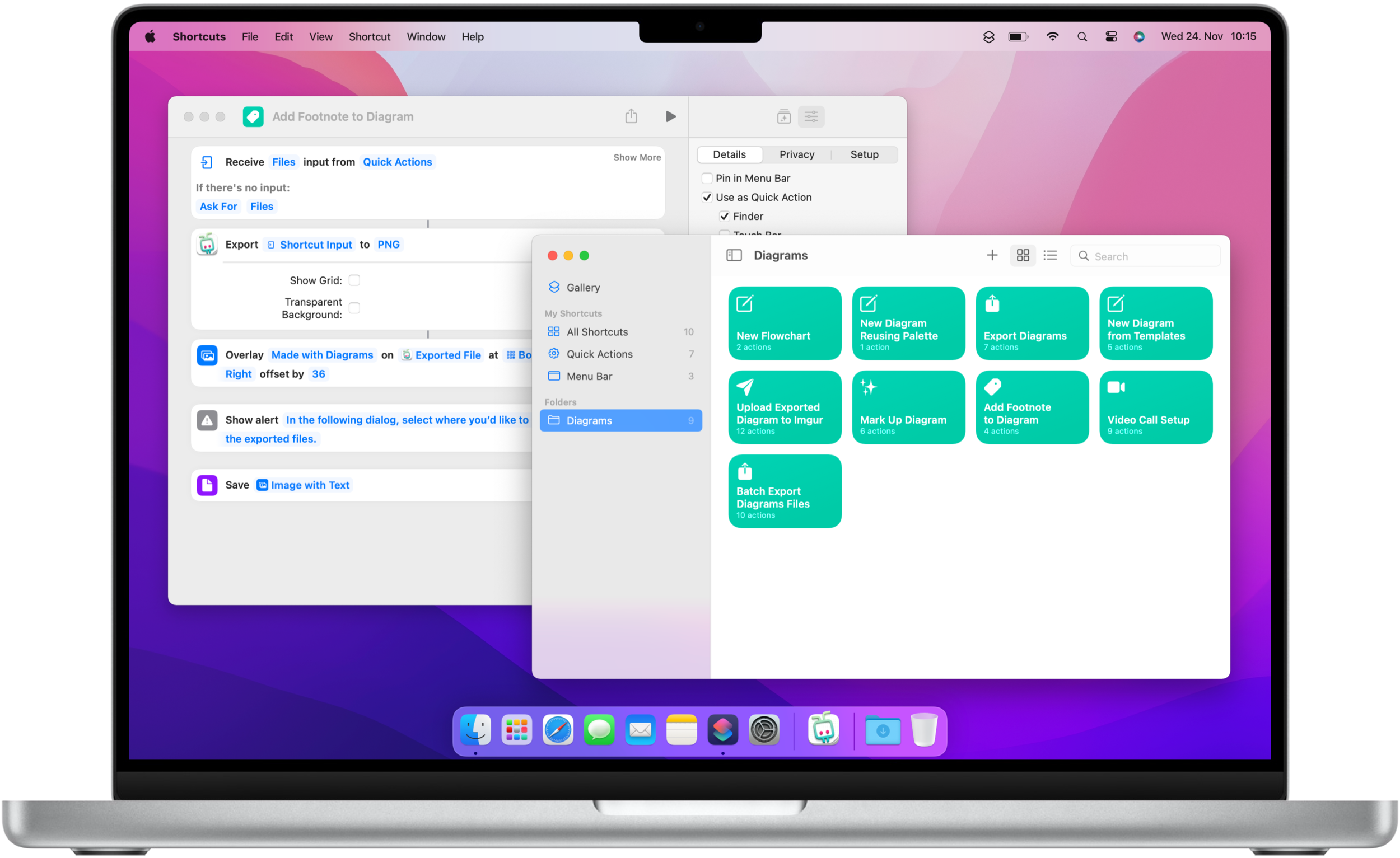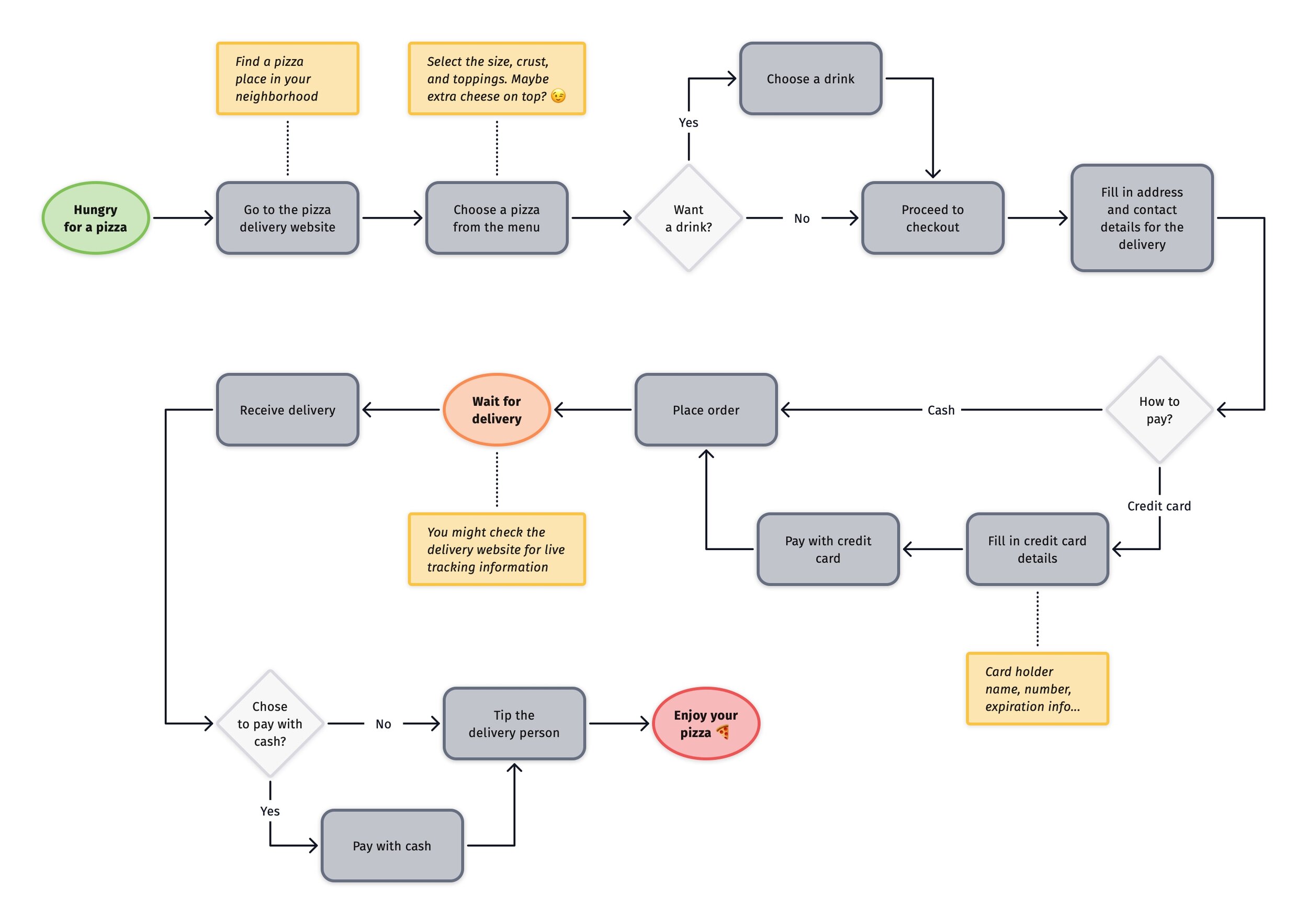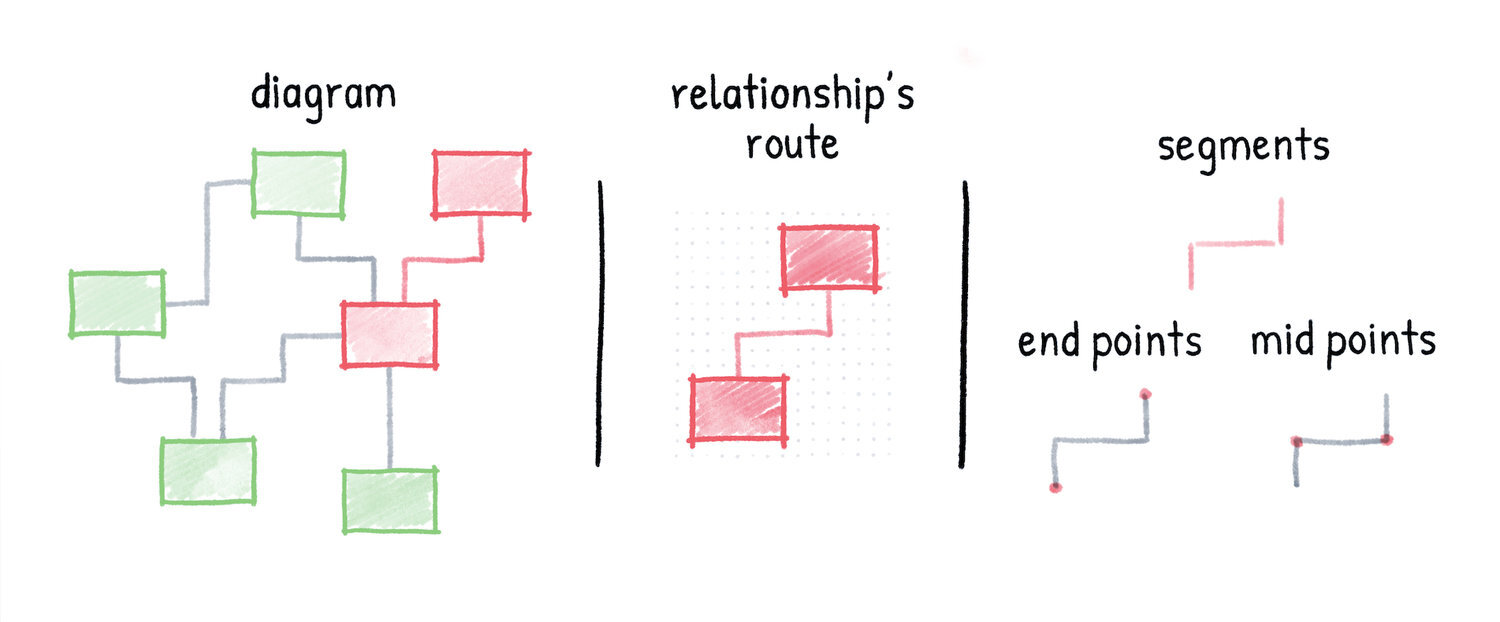We have great news for anyone considering using Diagrams as a diagramming tool on their Mac! With the most recent update, version 2.3, we switched the pricing model from an upfront to an in-app purchase. You can now get the app from the Mac App Store for free and test its functionality for 5 days. If you decide that Diagrams fits your needs, you can then unlock the full version via a one-time purchase priced at $22.99 (or the equivalent in your local currency).
The change of the pricing model won’t affect any existing customers. If you previously purchased Diagrams on the Mac App Store, you’ll retain access to all features of the app, and you’ll receive all new updates from the store as usual. The same goes for users who use Diagrams via Setapp.
To learn more about how the trial version works and how to purchase the full version, you can take a look at our updated FAQ page. If you experience any issues with the activation after the update or have any questions in general, please get in touch with us at support@diagrams.app.





















